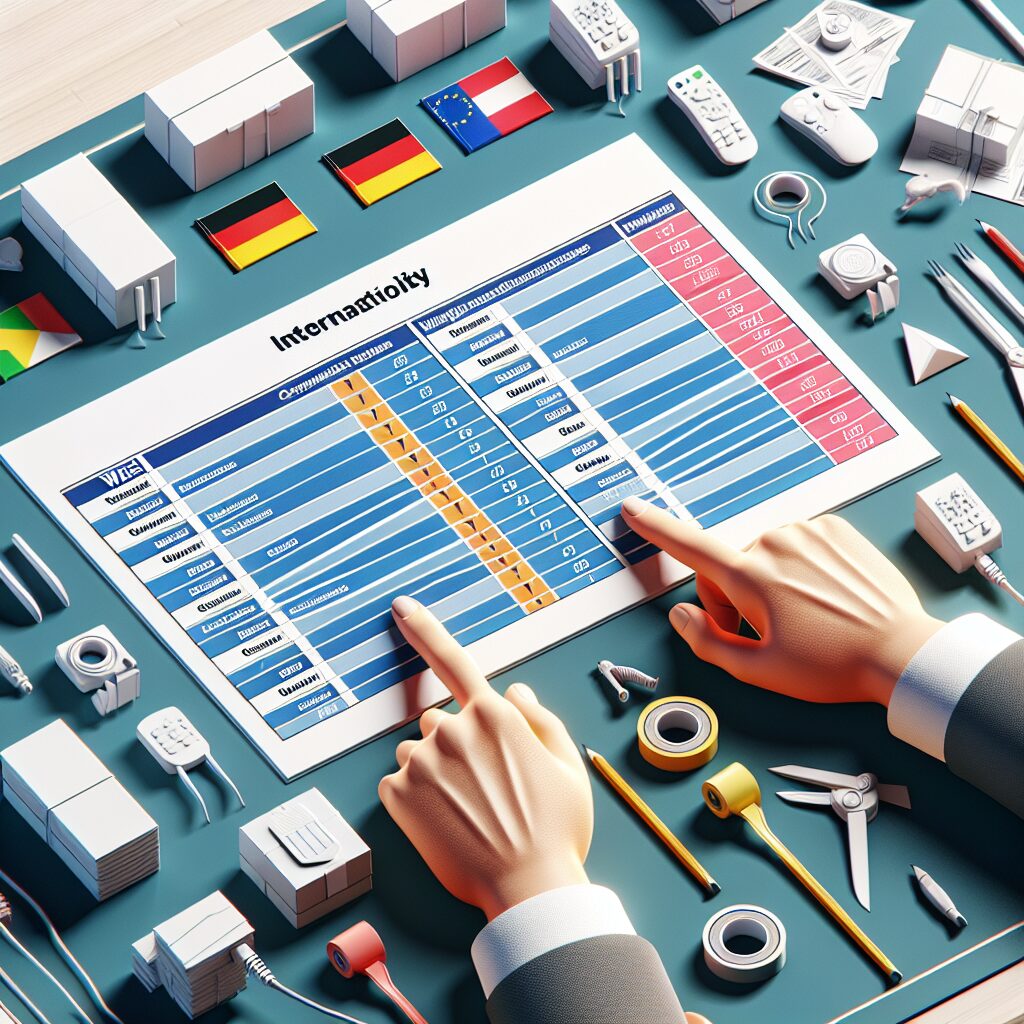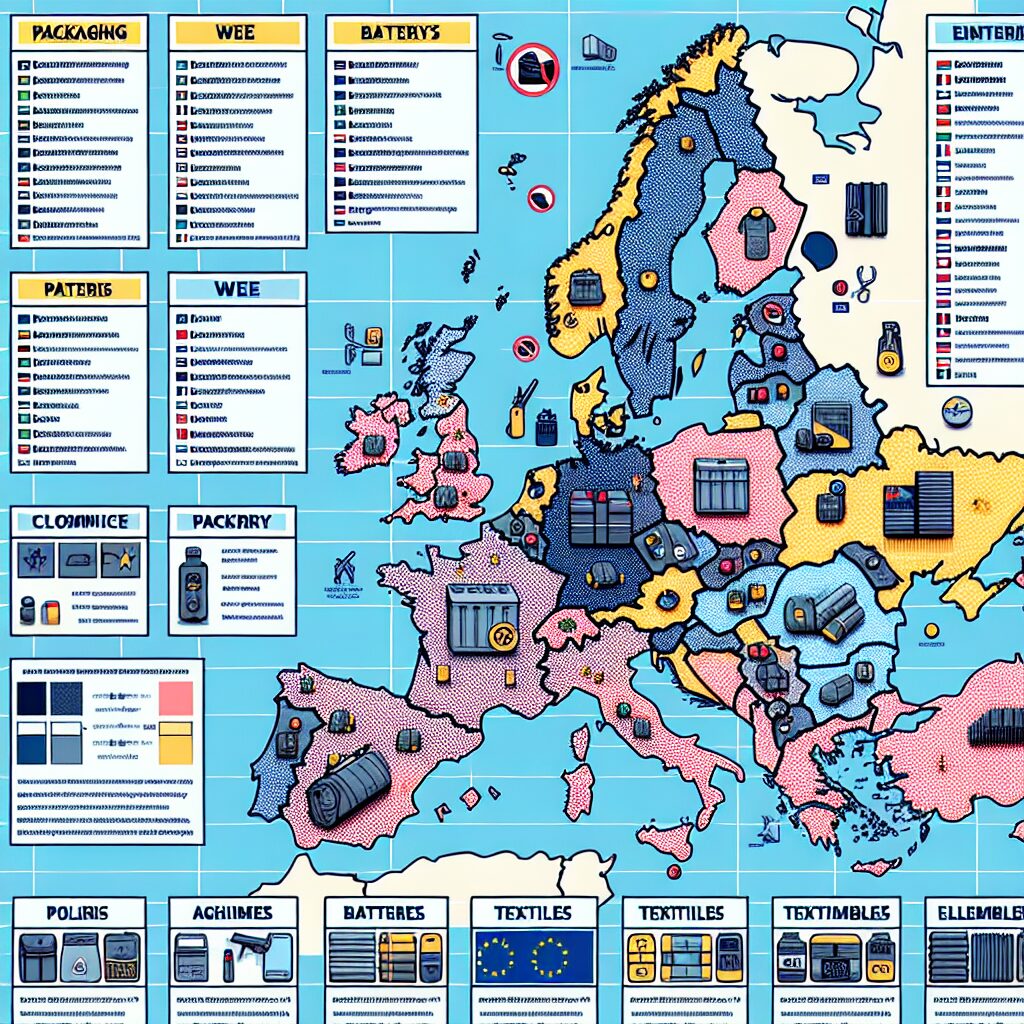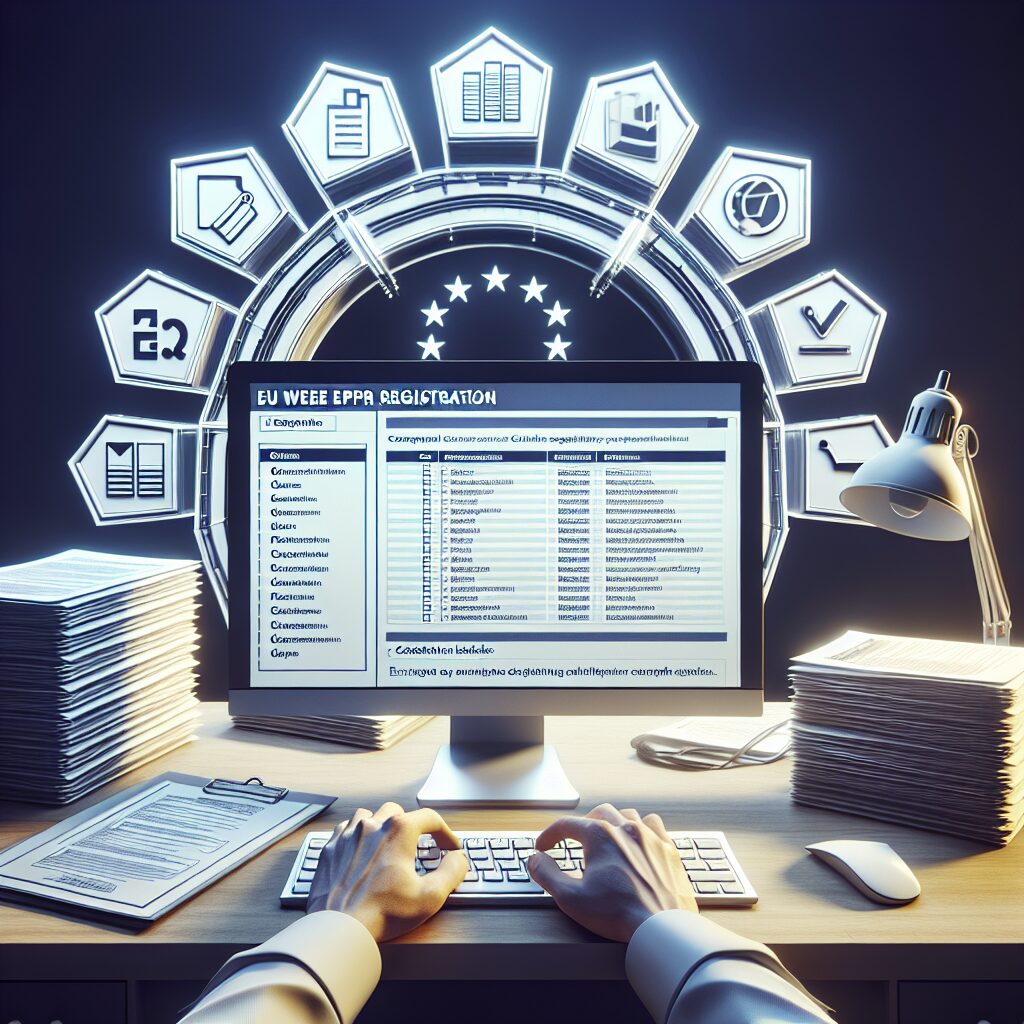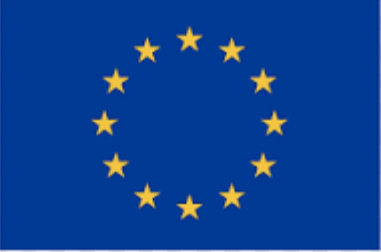About eldris
epr.eldris.ai leads the EPR sector, in fast, automated, AI Agent EU packaging, WEEE, and Battery Compliance for Brands, E-Commerce and Service based businesses expanding into the EU.
In This Article
- VerpackG Compliance Automation ensures your operations meet 2025 German EPR laws efficiently.
- Applies to all companies introducing packaging into the German market, including foreign e-commerce sellers.
- Automation simplifies LUCID registration, dual system licensing, and reporting.
- AI-driven dashboards provide real-time compliance status and alerting.
- Avoid costly errors, audits, and marketplace bans with seamless integration.
Why VerpackG Compliance Automation Matters in 2025
Understanding the 2025 Regulatory Landscape in Germany
VerpackG Compliance Automation is more critical than ever in 2025. As Germany reinforces its commitment to sustainability, the Verpackungsgesetz (VerpackG) legislation has undergone multiple revisions. These updates aim to ensure that producers, importers, and e-commerce platforms actively account for every piece of packaging they generate or distribute in the German marketplace.
The original 2019 law laid the foundation, but recent amendments demand more accurate reporting and near real-time data submission. Businesses must register with the LUCID Packaging Register, declare their packaging volumes, and align with licensed recycling schemes. Manual methods such as spreadsheets or fragmented tools not only risk errors but also delays that could result in fines or blacklisting from marketplaces.
That’s why embracing VerpackG Compliance Automation is a strategic necessity, not a luxury. Automation tools simplify tasks like packaging volume calculations, data submissions, and audit trail generation. They integrate with your logistics and product data, ensuring your operations remain compliant with minimal overhead.
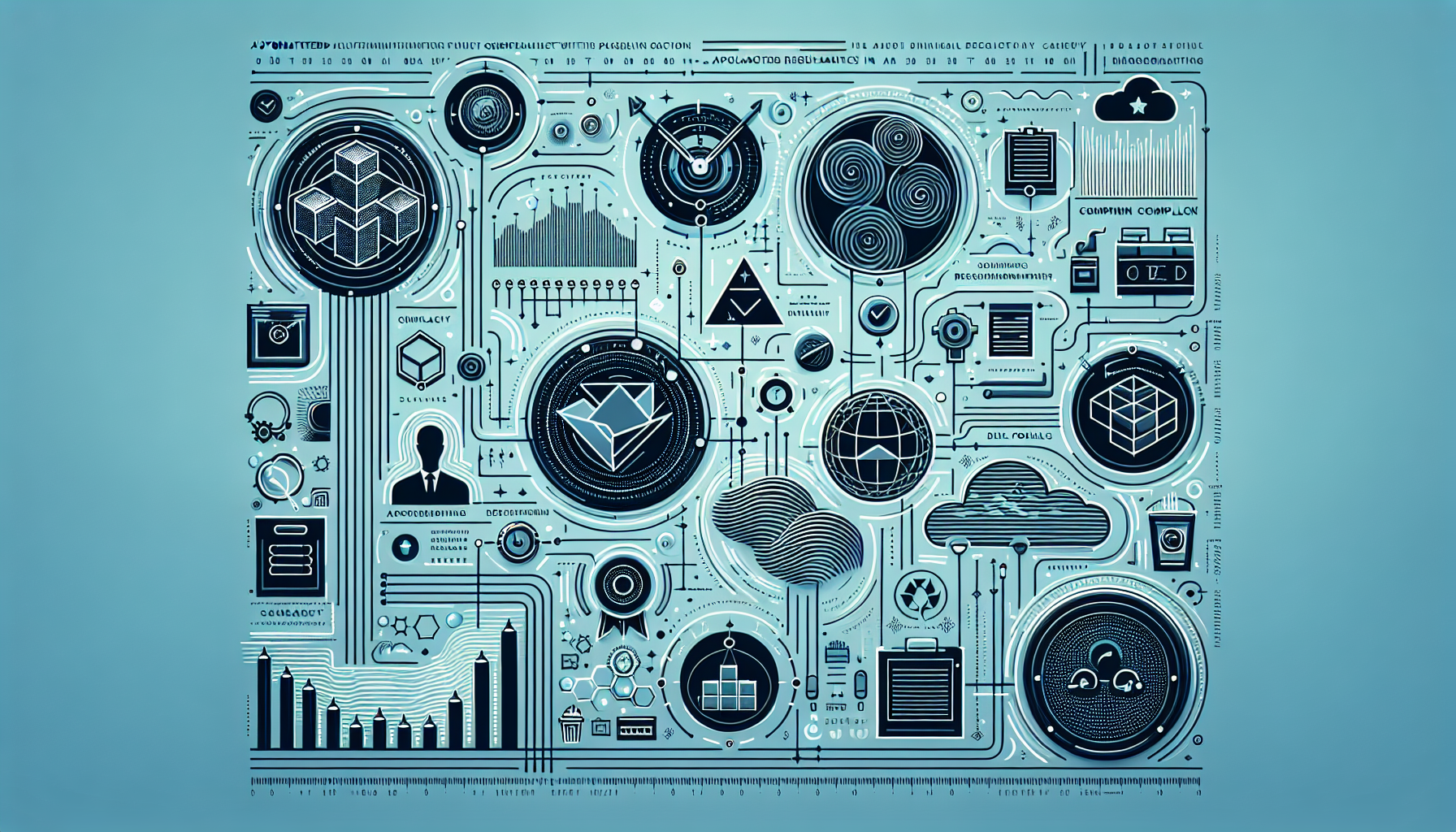
Who Must Comply with Germany’s EPR Packaging Laws?
Applicability for E-Commerce, Brands, and Importers
The VerpackG law casts a wide net, holding accountable any business entity introducing packaging into the German market. This includes not only large manufacturers but also small e-commerce sellers, fulfilment service providers, and overseas brands.
If your business sends packaged goods to Germany—whether via direct sales or third-party marketplaces—you are obligated to register with the LUCID database. You must also license your packaging with a registered dual system and regularly report your packaging volumes. Furthermore, marketplaces like Amazon and eBay have begun enforcing compliance by requiring sellers to provide EPR registration numbers.
This makes VerpackG Compliance Automation especially valuable for digital-first operations. Whether you’re managing 10 SKUs or 10,000, automating the tracking, classification, and licensing of your packaging ensures error-free, fully compliant reporting. Automation tools also offer multilingual support, real-time validation, and tailored workflows to meet the requirements of various business models, including drop-shipping and white-label manufacturing.
Step-By-Step: Automating Your VerpackG Registration
From Enrollment to Audit Readiness
Adopting VerpackG Compliance Automation begins with understanding your obligations and configuring your compliance system to capture essential data. Here’s a step-by-step approach to making the process seamless:
Step 1: Profile Configuration. Start by defining your business model, product categories, material usage, and shipping volumes. The automation tool will use this data to tailor your packaging reporting dashboard.
Step 2: LUCID Registration Integration. Once your packaging volumes are classified, the tool links with the German Central Packaging Register (ZSVR), helping you file your initial registration directly through the interface without duplicating data manually.
Step 3: Dual System Selection and Licensing. Choose a licensed recycling scheme and complete your licensing automatically. The tool generates all the required documentation and links with your preferred scheme for smooth coordination.
Step 4: Ongoing Reporting and Audit Prep. Automate monthly or quarterly submissions based on your option settings. With audit-level traceability, your records and reporting are continuously stored and accessible, ensuring you’re always ready for regulatory inspections.
Key Features of Our 2025-Ready Automation Tool
How the AI-Powered Dashboard Simplifies Compliance
The 2025-ready VerpackG Compliance Automation solution is driven by artificial intelligence and deep integration with supplier and logistics systems. Key features include:
Smart Material Classification: Using AI, the platform analyses your product catalogue and automatically tags packaging materials based on weight, type, and recyclability.
Multilingual Support: Ideal for cross-border sellers, the tool supports German, English, French, and other EU languages, ensuring full localisation.
Real-Time Alerts: Dynamic alerts notify you when packaging thresholds change or when new reporting requirements are introduced by ZSVR.
Document Vault and Timeline Tracker: Maintain historical records of registrations, material declarations, and audits, all synchronised to a timeline view for regulators and management alike.
Priority Marketplace Integrations: Automate data exchange with Amazon, eBay, and Zalando, ensuring compliance proof is instantly transferrable to third-party platforms.
With these capabilities, you eliminate risks of missed deadlines, incorrect filings, and compliance gaps—while freeing internal teams from repetitive administrative tasks.
Common Mistakes in Manual Compliance and How to Avoid Them
Why Automation is Critical in 2025
Relying on manual methods for VerpackG compliance has become increasingly untenable. Companies often fall into the trap of underreporting, misrepresenting material volumes, or missing updates to their dual system contracts. These errors can result in fines of up to €200,000 and reputational damage.
Without VerpackG Compliance Automation, you’re more likely to mishandle LUCID registrations, especially when onboarding new products or altering packaging design. Teams using spreadsheets may forget to synchronise updates or submit inconsistent data to regulators.
Automation prevents these issues at their root. It enforces data integrity across channels, automates submission timestamps, and validates information against official registries. By tying together your procurement, inventory management, and packaging workflows, automation ensures one continuous, compliant data chain throughout the reporting lifecycle.
Real-Time Tracking and Reporting Capabilities
What You See in Your Compliance Dashboard
An effective VerpackG Compliance Automation tool empowers users with a real-time, visual dashboard. But what does this actually offer in day-to-day operations?
Live Compliance Status: Your current regulatory standing—fully compliant, pending, or incomplete—is clearly displayed, with colour-coded indicators.
Packaging Metrics Overview: Summarised views of key figures such as packaging weight, material type distribution, and recycling cost forecasts.
Submission Log: See every submission’s status, including time-stamped confirmations from the ZSVR and dual systems. Automation eliminates the guesswork associated with delivery and receipt notices.
Role-Based Access Control: Enable specific compliance responsibilities to be assigned to departments, auditors, or management—ensuring that access to sensitive data is always appropriate.
These real-time insights allow for proactive adjustments, reducing the margin of error and boosting process transparency across your organisation.
Integrations and Exportable Documentation
Sync with Popular E-commerce Platforms & Authorities
The march toward total compliance doesn’t happen in isolation. Your automation must connect seamlessly with your business’s tech stack and third-party authorities. Our 2025 tool offers:
Native Integrations: Plug-and-play compatibility with marketplaces like Amazon, eBay, Shopify, WooCommerce, and Magento. Packaging data is automatically pulled from inventory and shipment logs.
LUCID & Dual Systems Extensions: The system connects directly to both your LUCID account and your recycling scheme of choice. Documentation is exchanged securely and automatically, with dual verification layers.
Exportable Compliance Packets: At audit or reporting time, generate comprehensive reports for stakeholders, investors, or regulators. Formats include PDF, CSV, and XML.
API/Webhook Access: For large enterprises and ERP users, full API access allows deep integration with internal systems.
This connectivity ensures your entire operational chain—from procurement to last-mile delivery—remains fully VerpackG-compliant at all times.
What Happens If You Miss VerpackG Deadlines?
Penalties and Risk Mitigation
Missing your VerpackG obligations can result in cascading consequences. Beyond financial penalties, which can reach six figures, your business may be delisted from popular marketplaces or face import bans into the German market.
Without VerpackG Compliance Automation, the risk of late data submission or faulty volume declarations increases dramatically. Remediation often requires days of backtracking through old invoices and packaging logs—time your team can’t afford to waste.
Automated compliance tools mitigate this by setting personalised reminders, enabling early pre-validation of your filings, and providing alerts when packaging material supply changes may impact licensed volumes. Best of all, they offer instant recovery of lost documentation during surprise inspections.
To future-proof your organisation, Learn more about EU Packaging and EPR Compliance for E-commerce provides resources for risk assessment modelling and proactive compliance strategies.
Use Cases from Industry-Leading Sellers
Automation Success Stories
Consider the case of a mid-sized UK-based cosmetics brand entering the German market. Within six weeks of implementation, they scaled their compliance processes using our VerpackG Compliance Automation tool. Reporting errors decreased by 89%, and their compliance documentation was ready for audits ahead of schedule.
Another success comes from a Dutch homeware distributor operating on Amazon and eBay. Previously overburdened with manual spreadsheet entries, they integrated the automation tool into their Shopify backend. It now processes over 100 SKUs daily and synchronises real-time updates with both the ZSVR and their chosen dual system partner.
Read a related article shares a detailed breakdown of these implementations, including time-savings metrics and long-term ROI benefits.
FAQs About Automating VerpackG Compliance
Your Top Questions Answered
What types of packaging materials are tracked? The tool supports paper/cardboard, plastics, composite materials, aluminium, and glass. AI handles classification automatically.
Can smaller businesses afford compliance automation? Yes. Scalable pricing plans allow even low-volume sellers to benefit from automation without breaking budget constraints.
Do I still need an external consultant? In most cases, no. However, larger enterprises may still engage with compliance auditors as a secondary verification process.
What about new packaging formats? The system updates material classifiers frequently using regulatory metadata and machine learning algorithms.
“VerpackG is only going to become stricter, not looser. Automation is how we meet these growing expectations efficiently and at scale.” — Head of EU Compliance, Berlin-based Electronics Retailer
Final Thoughts: Compliance Today, Confidence Tomorrow
As 2025 brings stricter VerpackG requirements, forward-thinking enterprises must move beyond outdated manual systems. VerpackG Compliance Automation is no longer an option—it’s a cornerstone of responsible market participation. With real-time data tracking, streamlined submissions, and actionable insights, automation gives your team the power to deliver accurate results with minimal effort.
If your goal is to expand into the German market or sustain your current presence there, embracing the right solution will determine both compliance and competitive advantage. 2025 German Packaging Act: International Compliance Guide offers a downloadable compliance checklist to help you assess your current system’s readiness.
Get started with VerpackG Compliance Automation today, and ensure your business remains penalty-free, marketplace-approved, and audit-ready.
Great guide on how-to-automate-your-germany-verpackg-compliance-in-2025-interactive-leverage-our-2025-ready-compliance-automation-tool-to-meet-verpackg-obligations-and-eliminate-manual-registration-tracking-idea – Community Feedback
How to automate compliance processes?
To automate compliance processes, use specialized platforms that manage registration, documentation, and reporting tasks for VerpackG. These tools ensure you meet legal obligations with minimal manual input, reducing errors and administrative burden.
What is the packaging legislation in Germany?
Germany’s VerpackG (Packaging Act) requires producers and importers to register, report, and ensure recycling for packaging introduced to the German market. Compliance is mandatory for all sellers shipping packaged goods into Germany.



